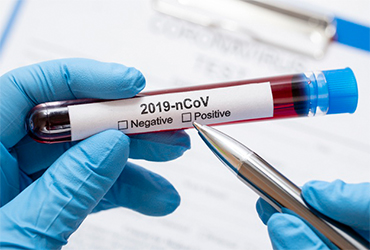
- By keymay
- 0 comments

Aims: Genetic makeup plays an important role in producing variety of anatomical structures and locomotion patterns accordingly. It is very challenging to define any genetic basis for the generation of a functional motor output during locomotion, formed by the interaction between neural networks. Hence, detecting locomotion pattern under different genetic environments is an important area of biological research. The main focus of this research is development of novel quantitative methods which are suitable for detecting locomotion behavior of wildtype and mutant forms of C. elegans.
Methods: Wildtype and cnd-1 strains were studied using Q-imaging fluorescent microscope for worm localization, image filtering and video capturing data collection. All data were subjected to MATLAB image processing algorithm for quantitative and graphical analysis.
Results: Wildtype animals were used as the standard for comparison as they show symmetric movements, with no favoring of either axis. In contrast cnd-1 shows more activity in markers near head and tail on dorsal side as well as central markers on ventral side. This neuromuscular coordination creates dorsal asymmetry in cnd-1 mutant forms.
Conclusion: The algorithms and codes developed in this study provide a versatile tool to biologists interested in deciphering the fundamental molecular mechanisms of the locomotion behavior among diverse population of worms. The codes developed are likely to assist biologists efficiently in deriving useful quantitative information on the motility behavior of microorganisms.

Vora K, Walthall B, Cymbalyuk G. A novel methodology for quantitative analysis of different phenotypes of locomotion behavior: C. elegans bioinformatics model. Edorium J Cell Biol 2018;4:100008C06KV2018.
For more detail refer publication: https://www.edoriumjournalofcellbiology.com/archive/2018-articles/2018100008C06KV-vora/100008C06KV-full-text.php
Relationship between significant pulmonary hypertension and right ventricular dysfunction: Indian scenario
Sinus of Valsalva Rupture or VSD Shunt: Mystery Solved by Cardiac CT.
COVID-19 targeting heart: The perspective of injuring the vulnerable.
